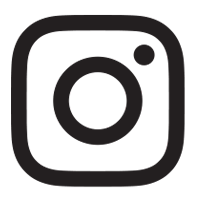Course objectives:
This course provides an introduction to the discipline of Linguistics. Students will learn the basic concepts and methods used by linguists in the scientific study of human language. While many key aspects will be illustrated using evidence derived primarily from English, we will discuss evidence from a variety of languages in order to better demonstrate the richness of linguistic diversity. Students will become familiar with how linguists approach and analyze language in primary fields of linguistic analysis such as morphology (word structure), syntax (phrases and sentences), semantics (meaning), phonetics (types of sound), and phonology (rules of phonetic processes), and language in society, and writing.
Learning outcomes:
- Analyze and articulate general themes about the nature of human language, and how languages work
- Discuss fundamental processes common to all languages related to the domains of morphology, syntax, phonetics, phonology, semantics, pragmatics, writing systems, and language in society
- Describe how different human languages are, and yet how fundamentally similar they are in their structures
- Apply findings in previous linguistic research to address real world issues, and be able to discuss language issues in an informed way both to linguists and non-linguists
- Identify and analyze language patterns, draw generalizations from a set of data, and make hypotheses to explain those patterns
- Question popular beliefs and think critically about language and language myths and determine their validity
- Outline your own beliefs about attitudes towards languages and how those influence the way language is used.
- Analyze how language varies across speakers, over time, and across dialectal regions.
Requirements:
None
Restrictions:
None
Textbooks:
Fromkin, Rodman, Hyams and Hummel.An Introduction to Language, 4th Canadian Ed.,Nelson Education, 2010. This is a package which includes a Student Workbook.
Method of presentation:
Lectures, class discussions
Evaluation method:
TBA




